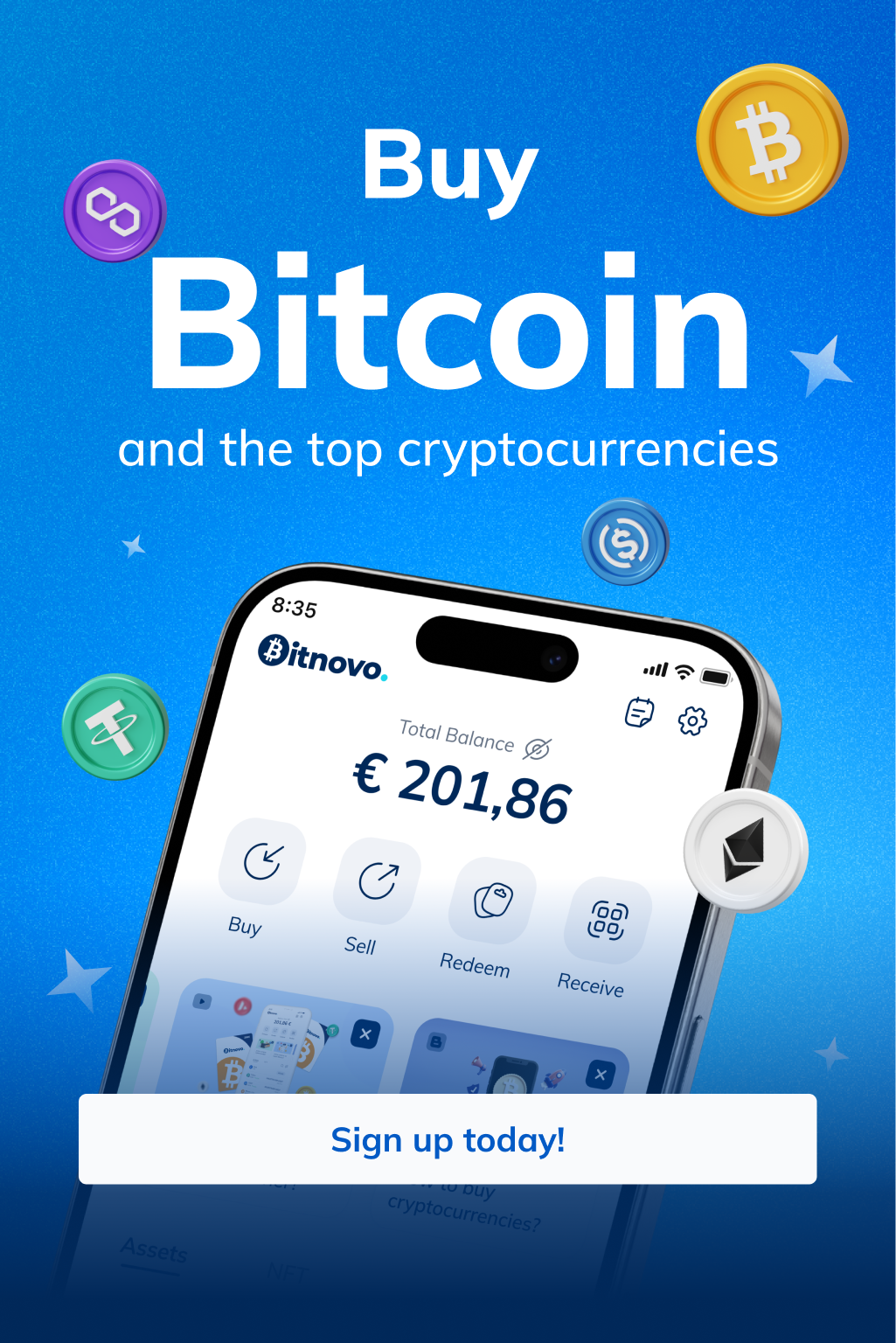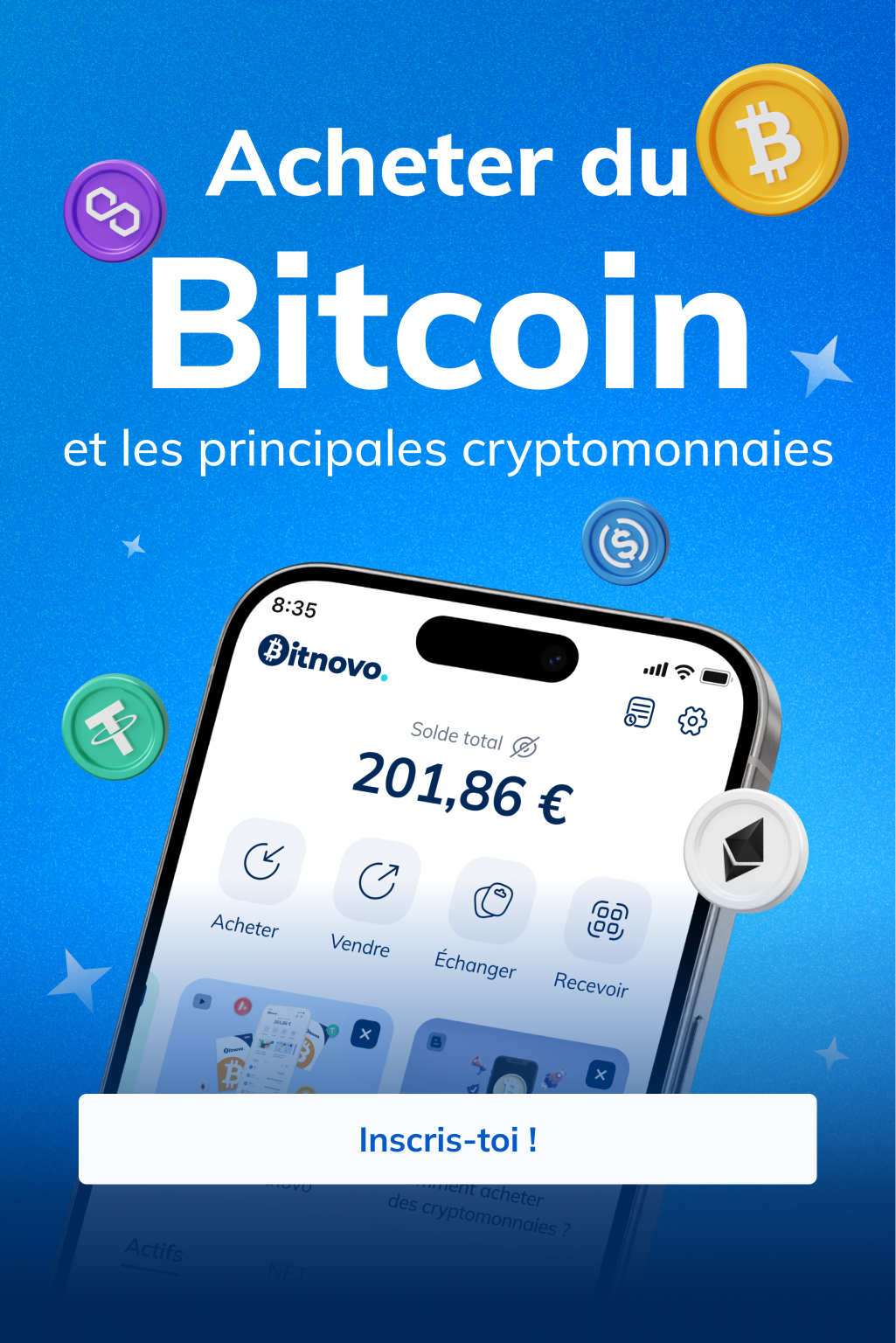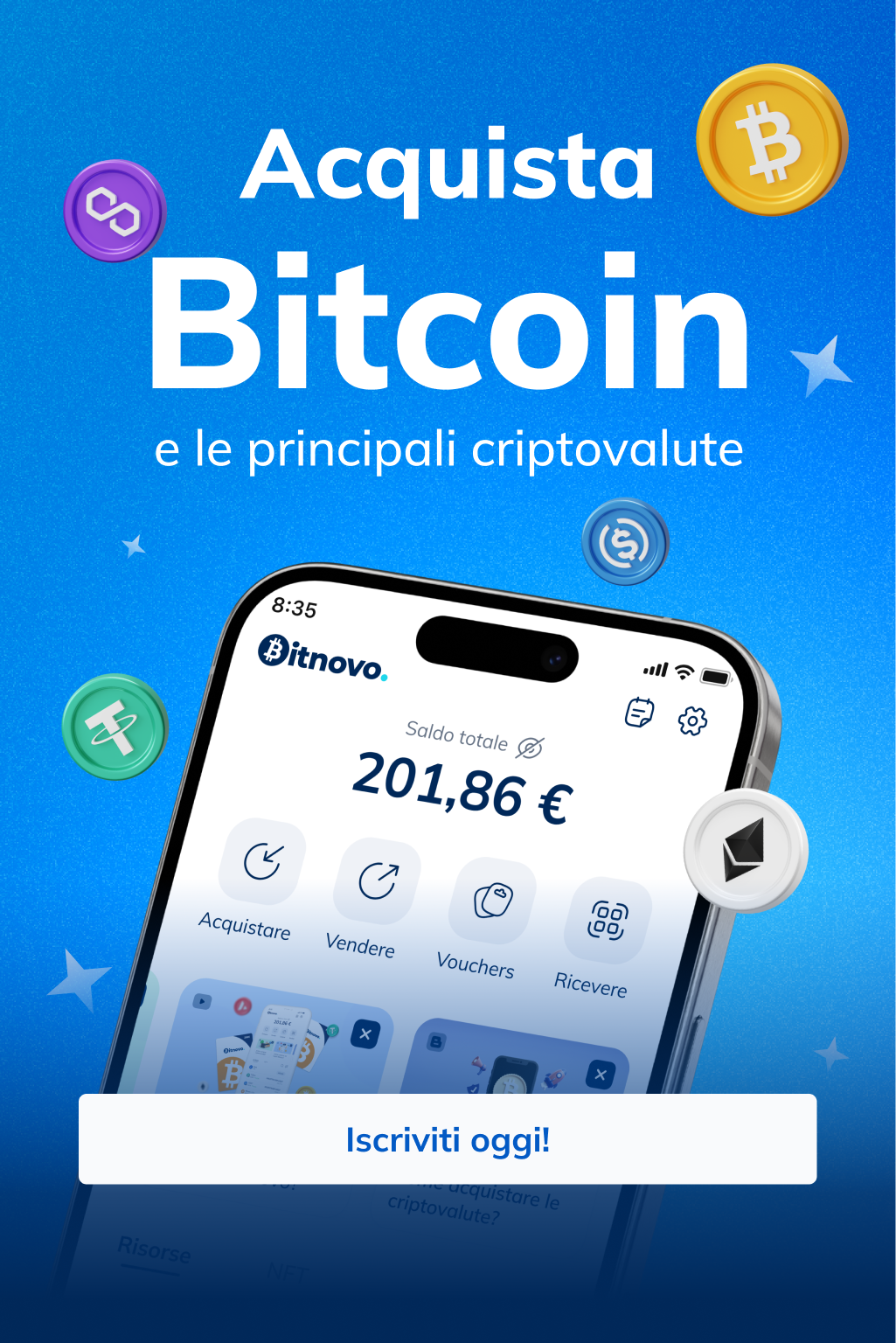
Table of Contents
ToggleIn 2020, in the Ethereum network alone, the total value of NFTs issued reached $340 million. We are at the end of the tenth month of the current year and this number amounts to 14.5 billion dollars.
Yes, you read that right. There are still 2 months left and I’m only talking about the value of NFTs minted in Ethereum. So who would want to be left out of such a move? Few people. So, what do you need to know to be part of it? Well, for starters, how to successfully mine an NFT.
In this article, I will review the salient points to keep in mind when integrating yourself into the world of digital art by successfully mining a NFT.
First, what does it mean to “minting an NFT”?
I will start by defining what it is we are going to “minting”. Then I will take the time to attack that verb. “Mintear” became popular in the ecosystem, through a literal transcription into our language of the English word “mint” with the addition of the syllable “ear”, to give it a verbal nature. The Spanish language is still struggling to find a translation that meets the exquisite palates of the cryptos in linguistic matters.
What is an NFT?
This acronym represents three words, Not Fungible Token. The fungibility of a token indicates that it can be exchanged for another token, which has the same value. For example, no one pays attention to “when a BTC was mined“, since all of them, as long as they are BTC, represent the same value.
In the case of NFTs, the letter “N” in the acronym indicates the opposite. These are tokens that have unique and unrepeatable characteristics that mean that they cannot be exchanged among themselves, given their very nature.
From this definition we can also conclude that its value is purely and exclusively subjective. We must not lose sight of this simple sentence that will help us to understand the past, present and future of this market.
What do we find built around these NFTs? Metaverses or parallel worlds, games in which money is earned, representation of real assets in the blockchain and infinite possibilities. However, the bulk of those 14.5 million dollars, are related to collectible images, created on the blockchain, whose subjective valuation, reaches astronomical levels.
And how do these digital images come to generate a market of 14.5 million dollars a year? The first step is to mine them.
What is minting an NFT?
These collections of images are the result of, in most cases, collaborations between programmers and artists. The former are in charge of writing the code to host the NFTs on the blockchain, while the latter group is in charge of the image design.
This is where we, the users, come in. We speculate on the value that this image may have, we gather the necessary cryptos and we get ready for the famous “mining” of NFTs.
So what do we do when we mine? Technically, we interact with a smart contract. From our wallet we send the amount of tokens that the “minting” function requires, we pay the corresponding gas, like a good son of a bitch, and we pray for the transaction to be completed.
If the latter happens, a random algorithm “decides” the characteristics of our NFT. So we wait to see if our NFT will have mustaches, 3D glasses or a T-shirt with the logo of the network from which we purchased it.
From the user’s point of view, to mine an NFT is to perform the necessary action to create it, to bring it to “crypto-life” and enjoy it in our wallet while we await the possibility of obtaining an economic benefit.
Now that we have defined the verb and know what the result of putting it into practice will be, let’s learn what is necessary to do it successfully.

How to successfully mine an NFT?
While this is not an extremely complicated process, it can be confusing for a newcomer to follow from start to finish. By following the steps below you will not have your NFT secured, but everything that depends on the user will be covered.
The events in which NFT collections are launched, when they are appreciated by the community, tend to congest the blockchains in which they take place. Therefore, a good dose of luck and an optimal internet connection are great allies to successfully conclude this adventure. Without further ado, let’s move on to the guide.
Prior to “mint
At the risk of belaboring a perhaps somewhat obvious point, in order to mine an NFT, we must first find out when, where and how the event will take place.
So, what are the best sources of information on mining events? In my opinion there are three in the following chronological order:
- Discord
- Telegram
Why the chronological order? Most of my adventures with NFTs happened in the following way: I find out via twitter when a new protocol comes out and it is presented as “NFT collection”. They usually present a few images as a preview and I can already tell if I like them or not.
Quickly, they themselves will present their most important communication resource, their Discord channel. This social network, while very powerful and organized, is a bit overwhelming for me. Consequently, I only log in to fulfill “missions” or requests from the protocol, which I note via Twitter.
Finally, Telegram. Whether it is the official group of the collection, if it exists, or an unofficial group dedicated to the effect, it is a good thermometer to measure the mood of those interested in the project and keep abreast of their expectations.
Now that we know the project, let’s get ready to mine.
The time to mine
Finally comes the day of the project’s release, by means of the famous “minting” of NFTs. How to prepare?
- To have cryptos ready to pay for mining and network gas
- Connect the wallet to the site that “hosts” or provides the platform for the event.
- I try to have as much internet bandwidth as possible. To this end, I usually disconnect all devices connected to the wifi, except my computer.
- Wait for the launch time following the project’s recommendations. For example, some recommend waiting for the countdown without refreshing the page, while others encourage their users to refresh the page.
- Once the famous “mint” button is activated, and here only my subjectivity and experience speak, wait two or three seconds and click on “mint”.
Now, if luck and the gods of the Internet have given us their blessing, we can only wait for the approval of the transaction.
I already lied, and now?
Once the steps of the previous section have been completed and the transaction has been approved, the time for patience comes. Generally the images can be seen on the page where you minted or in the wallet itself, depending on the network, after a few minutes.
Once the NFT materializes into a digital image, it’s time to turn to trusted groups and start sharing the experience. Be prepared for moments of uncertainty and excitement.
Safety recommendations
NFTs are a token, just like fungible tokens, therefore it is not minor to take certain security measures to avoid the famous hacks or thefts that we know in the crypto world.
It is always advisable to enter projects that you consider safe and, if possible, with known teams. We have seen, on several occasions, projects in which after the “mint” transaction is approved, users lose the total funds stored in the wallet used.
For this reason, a practice that I have resorted to on several occasions is to create a new wallet. I send to it only the amounts necessary to participate in the “minteo”, as long as they are amounts that I am willing to lose.
Before closing this section, I wanted to mention an issue related to privacy. We know that today it is fashionable, we see it every day in different networks, to use minted NFTs as profile pictures. Although it is a way to proudly present our holdings to the world, it is also a way to easily expose our capital to malicious people. For this reason, I have only shared my NFTs with people I trust.

The moment of truth, what to do with our NFT?
Once the NFT is in our possession, we can begin to evaluate the next decisions to be made. Of course, these will depend on our intentions. We can choose to loot it, if we are interested in collecting it (or if there are rumors that the NFT will be useful in the future) or we can sell it on the market at the best possible price.
Now we come to a complex part. As I said at the beginning, the price of the NFT is completely subjective. But there is no point in presenting it for sale at a price that no one will be willing to pay, or at a value that does not convince us. So, what objective parameters can we take to support our subjectivity when pricing an NFT?
First, the price floor and ceiling. Pay attention to the market and compare the minimum price with the maximum price. Secondly, wait for the publication of rankings or rarity lists. Through these tools we will be able to locate our NFT in the collection and set the price based on the ranking or compare it, at least, with those with similar characteristics.
Based on these parameters, defining the sales amount of a digital image will be substantially simpler.
A reflection
There is no other way to close this article than by clarifying that none of what you read here is purchase advice. Beyond the figures that we can observe in the networks, not everything that lies is gold.
There are value-added projects that can be valued over time or return a profit in the short term, but there are also those that, after being undermined, will be forgotten…
As always, in the crypto ecosystem, there is nothing better than doing your own research and not being convinced by those who live off their influence in the networks. Mining an NFT should be motivated by personal reasons that come from a thorough research. Undoubtedly, owning a piece of the history of the ecosystem is one of the reasons that most appeals to me.








